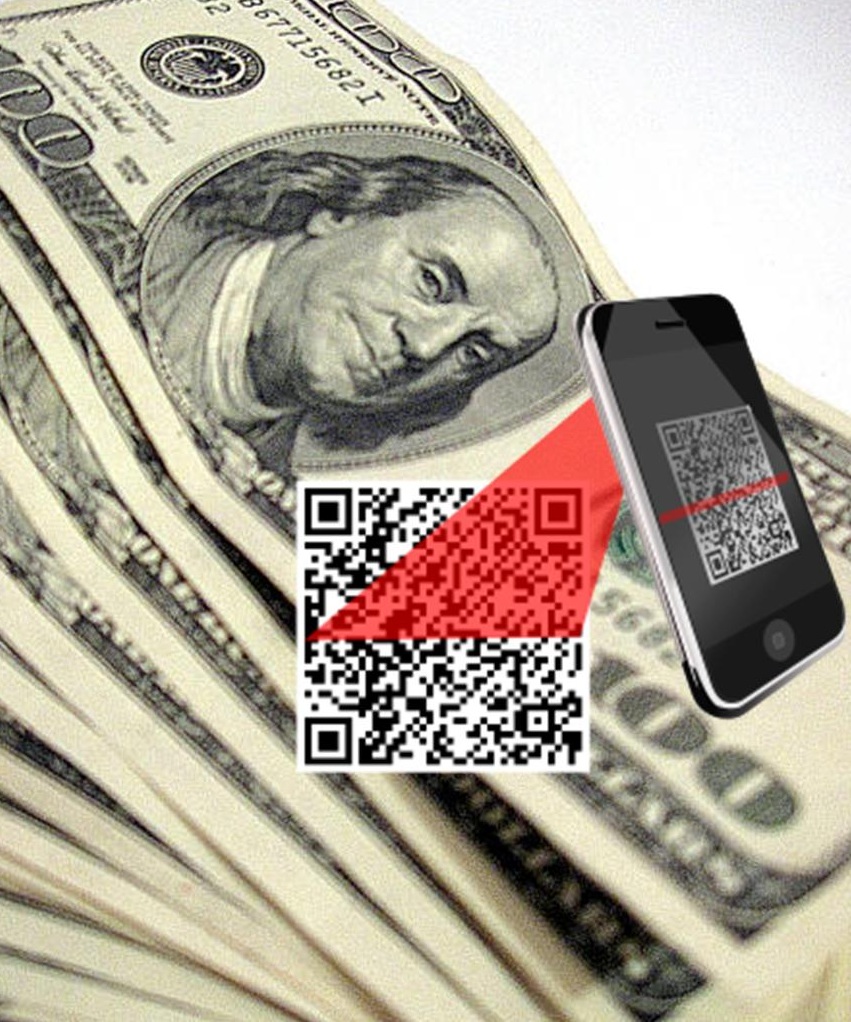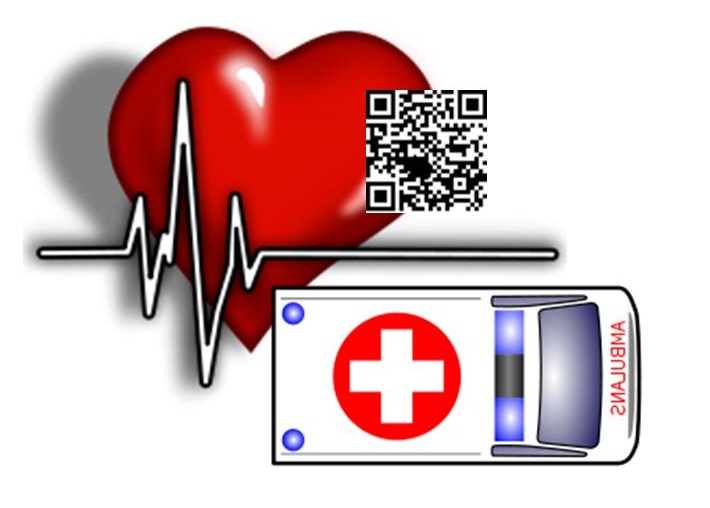 A team in South Dakota have created invisible printing for security barcodes.
A team in South Dakota have created invisible printing for security barcodes.
Stanley May, a professor at the University of South Dakota, and a team that includes Jon Kellar, from that institution’s School of Mines and Technology, have combined the use of an invisible ink and a special printing process in order to make invisible QR codes that can be used to identify counterfeit goods.
The barcodes can be seen only when they are viewed under an infrared light.
The research team from the college found a way to add QR codes that cannot be seen by the unassisted eye, to various types of surfaces including paper. This suggests that they could be added to items that are commonly forged, such as official documents, paper currency, and even designer products.
These QR codes could make it much more challenging for counterfeits to be convincingly made.
May and his team have been working over the last few years to create a clear ink solvent, and have now applied nano-particle technology to this accomplishment in order to create the ink that can be seen only when displayed under infrared. The most recent effort involved using this ink in a way that would make it printable. This included the involvement of William Cross, in addition to Kellar.
Through the use of a special aerosol lab printer, the research team was able to apply invisible, basic shapes and letters to various surfaces. The idea to print QR codes came from Jeevan Meruga, a graduate student who had been working with Kellar. He thought up the concept and successfully tested it with the printer before presenting it to Kellar, who said that he wasn’t sure what it was at first. However, he explained that “I quickly figured out what it was and how important this could be.”
The team is now working to perfect the printing of the invisible QR codes so that they can be used in anti-counterfeiting operations. It has been suggested that it could be applied to items such as currency, or identification such as passports or drivers licenses. This would make forgeries much harder to accomplish.

 By personalizing the barcodes, first responders can gain immediate access to patient information.
By personalizing the barcodes, first responders can gain immediate access to patient information.